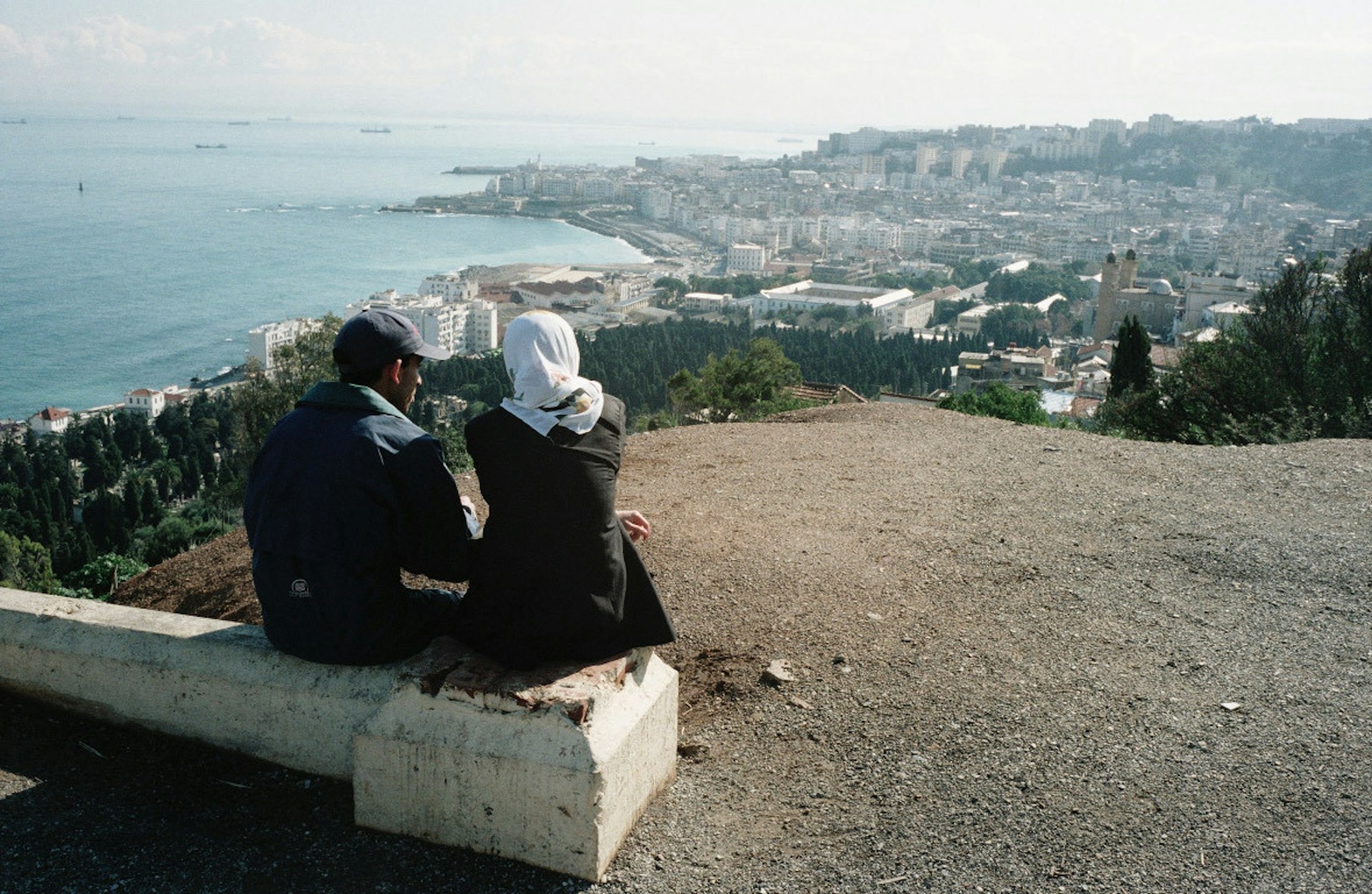
A photographic celebration of love in the Middle East
- Text by Miss Rosen
- Photography by Middle East Archive / Main Image: Pascal Parrot
When Moroccan-Egyptian photographer Romasia Baddar first immersed herself in the world of art galleries, photo books and online archives, she discovered a distinct lack of representation of and access to art from the Middle East.
“I would look up places I have visited or my parents’ hometowns and would find nothing but war images,” says Baddar. “I wanted to represent the region in a more accurate, light-hearted way on a platform that is accessible to a large number of people, a younger generation.”
Possessed by a profound sense of intrigue, Baddar embarked on The Middle East Archive (MEA), an Instagram page bringing together vintage pictures from the Middle East and North Africa that chronicle the beauty, complexity and infinite variety of the peoples who call it home.
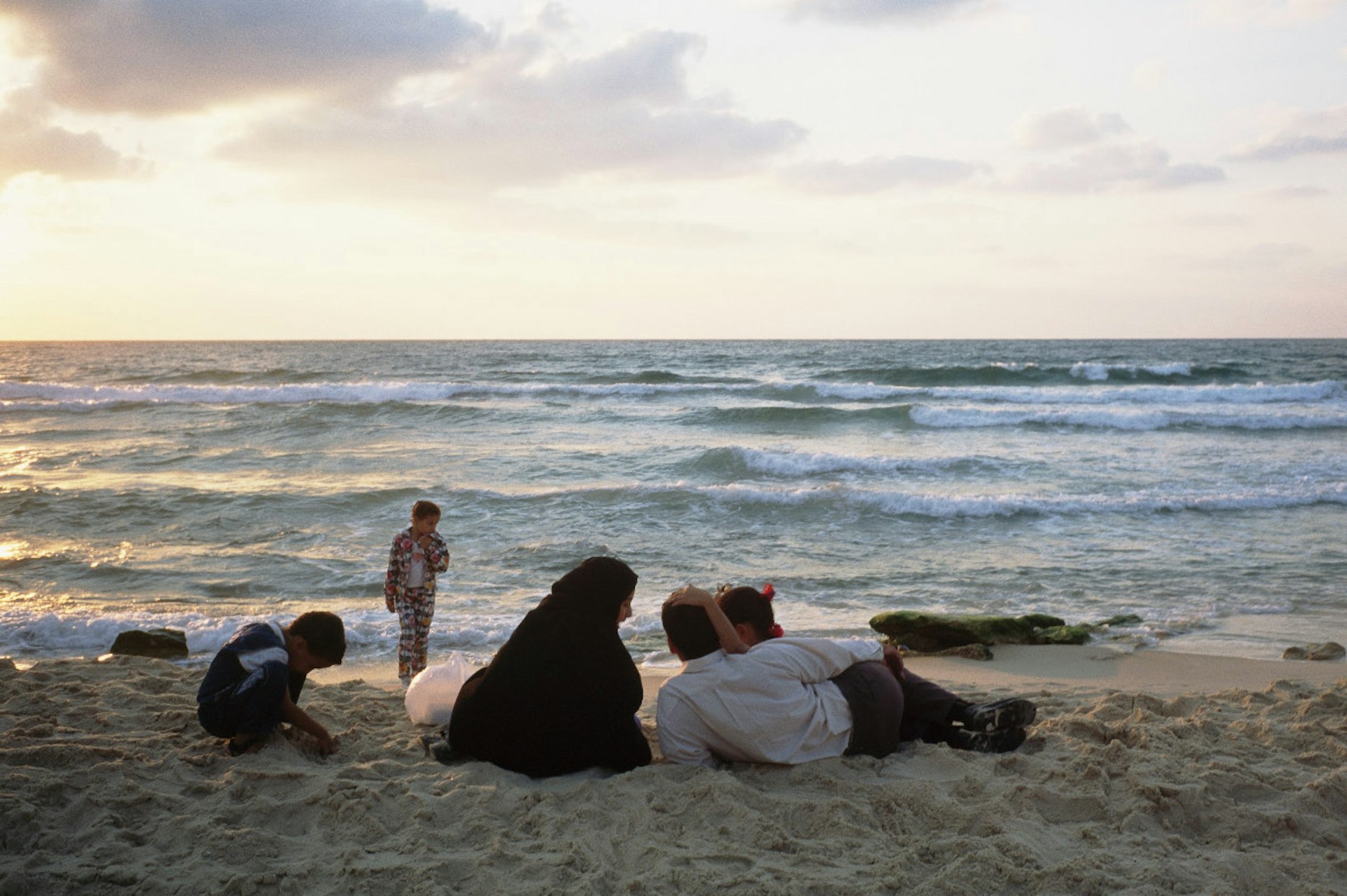
Gaza, Palestine, 1997: Photo: Antoine Gyori
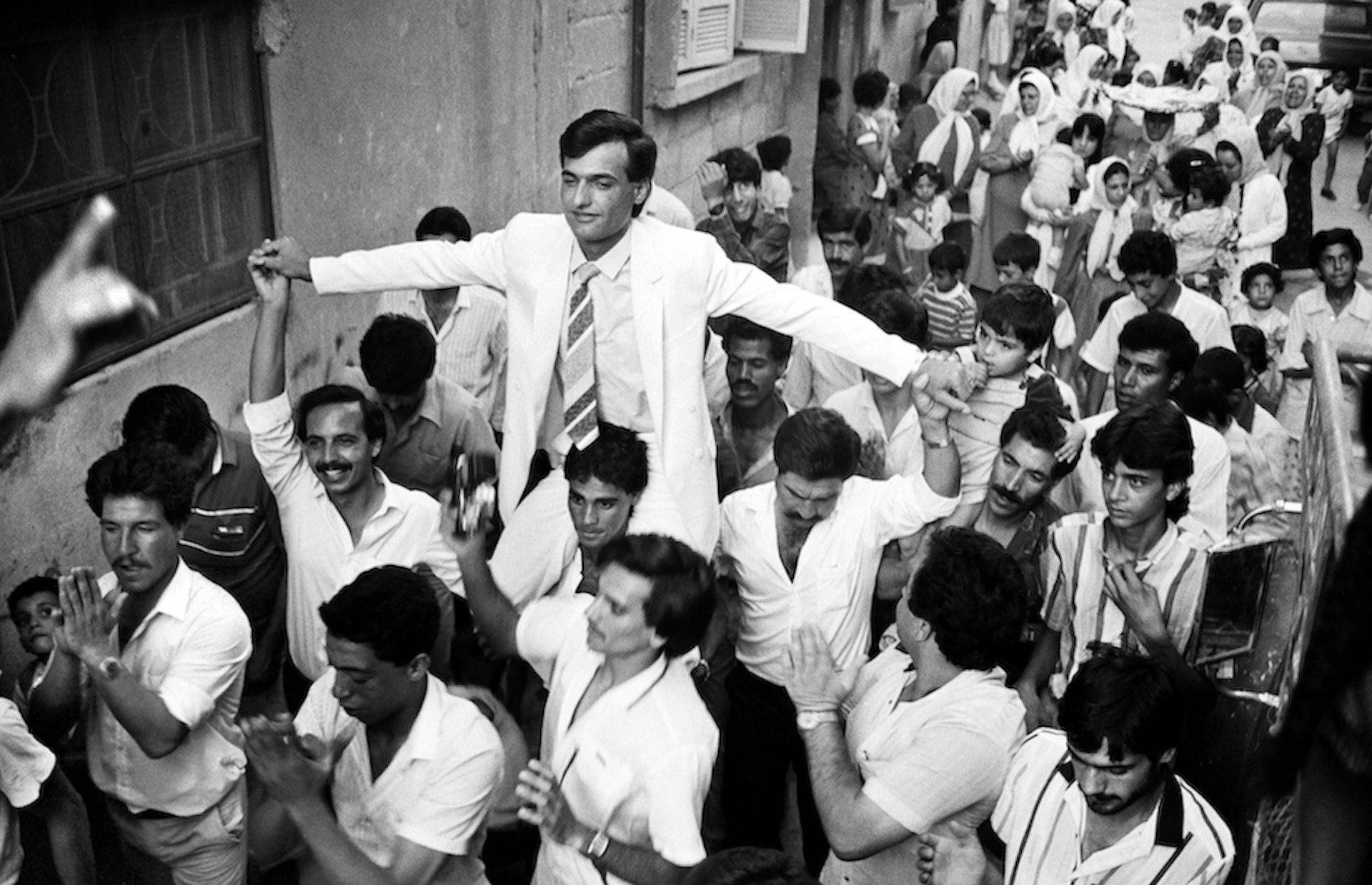
Damascus, Syria, 1986. Photo: Mahmoud Daboub.
More recently, Baddar teamed up with editors Dalia Al-Dujaili and Nour Regaya to create An Archive of Love – a new book exploring the highest emanation of human kinship. Bringing together photographs taken between the late 1960’s and early 2022 by Attar Abbas, Raymond Depardon, Rachid Ouettassi and Alex Webb among others, An Archive of Love explores the transformative power of love in its many forms, be it romantic, familial, fraternal, spiritual, or ancestral.
The book first took root as Baddar began thinking about creating a project that could include as many different countries, cultures and scenes. Reviewing a preliminary selection of about 40 photographs, she noticed an emerging thread.
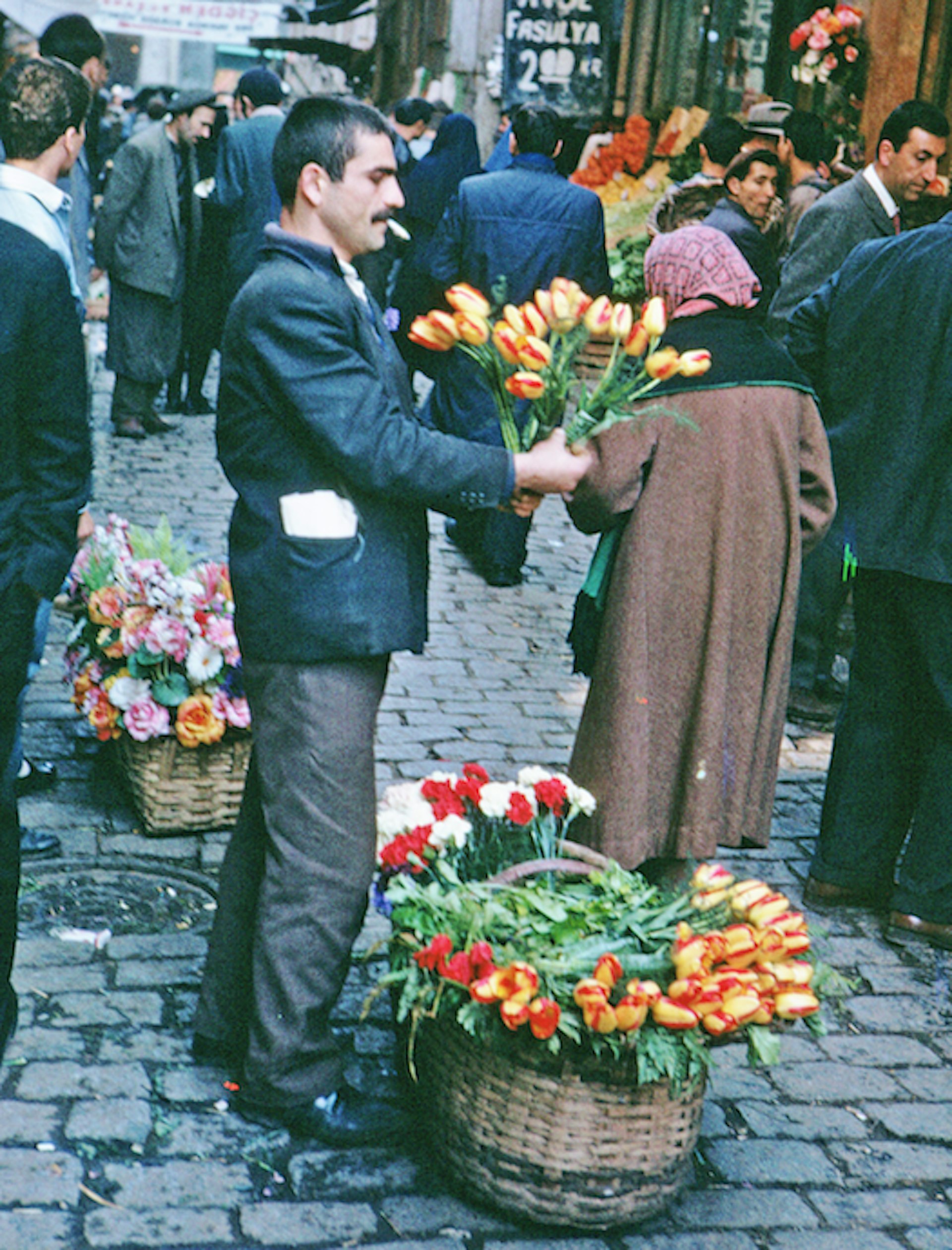
Istanbul, Turkey, 1965. Photo: Charles W. Cushman.
“The photos all had an expression of love in them: a family on the beach, a couple in a café, a group proudly raising their flag,” she says, realising the feeling they all shared was love. With its infinite varieties, love became the lens through which all cultures and traditions could stand together as one, the images woven together in harmony without losing their integrity or distinction.
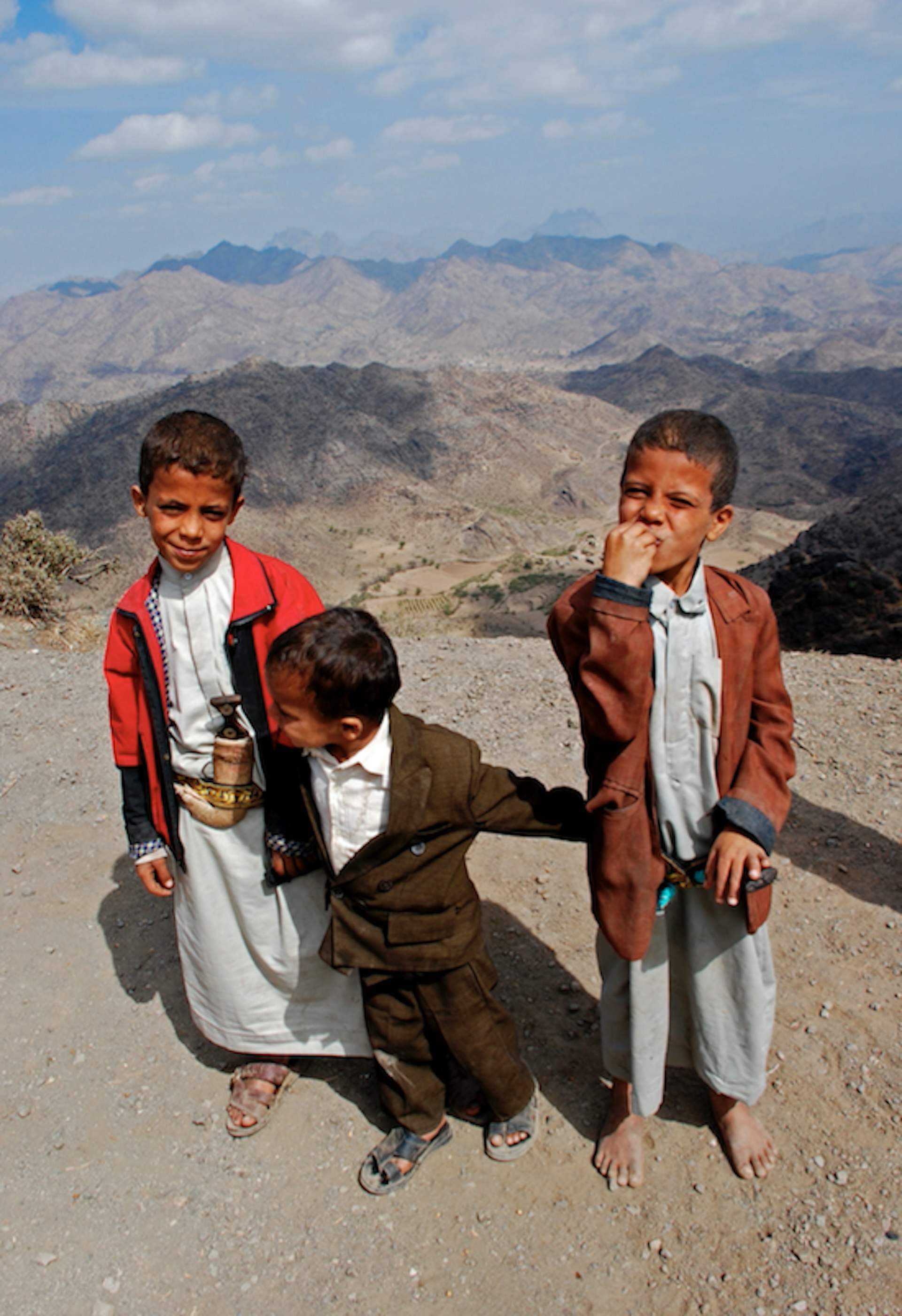
Manakhah, Yemen, 2008. Photo: Philippe Damonville.
Rather than define love, the photographs featured here expand our understanding of communion, compassion and care. Jay Ullal’s elegiac photograph of newlyweds standing amid the wreckage of Beirut during the Civil War is a powerful portrait of courage and hope against insurmountable odds.
The photograph recalls Corinthians 13:6-7: “Love does not delight in evil but rejoices with the truth. It always protects, always trusts, always hopes, always perseveres.”
It forms a guiding spirit in the work of the MEA, which understands that the foundation of community is built on familial bonds. “Middle Eastern societies operate, for better or worse, as big families, including all the fighting, responsibilities, and all the love,” says Dalia Al-Dujaili.
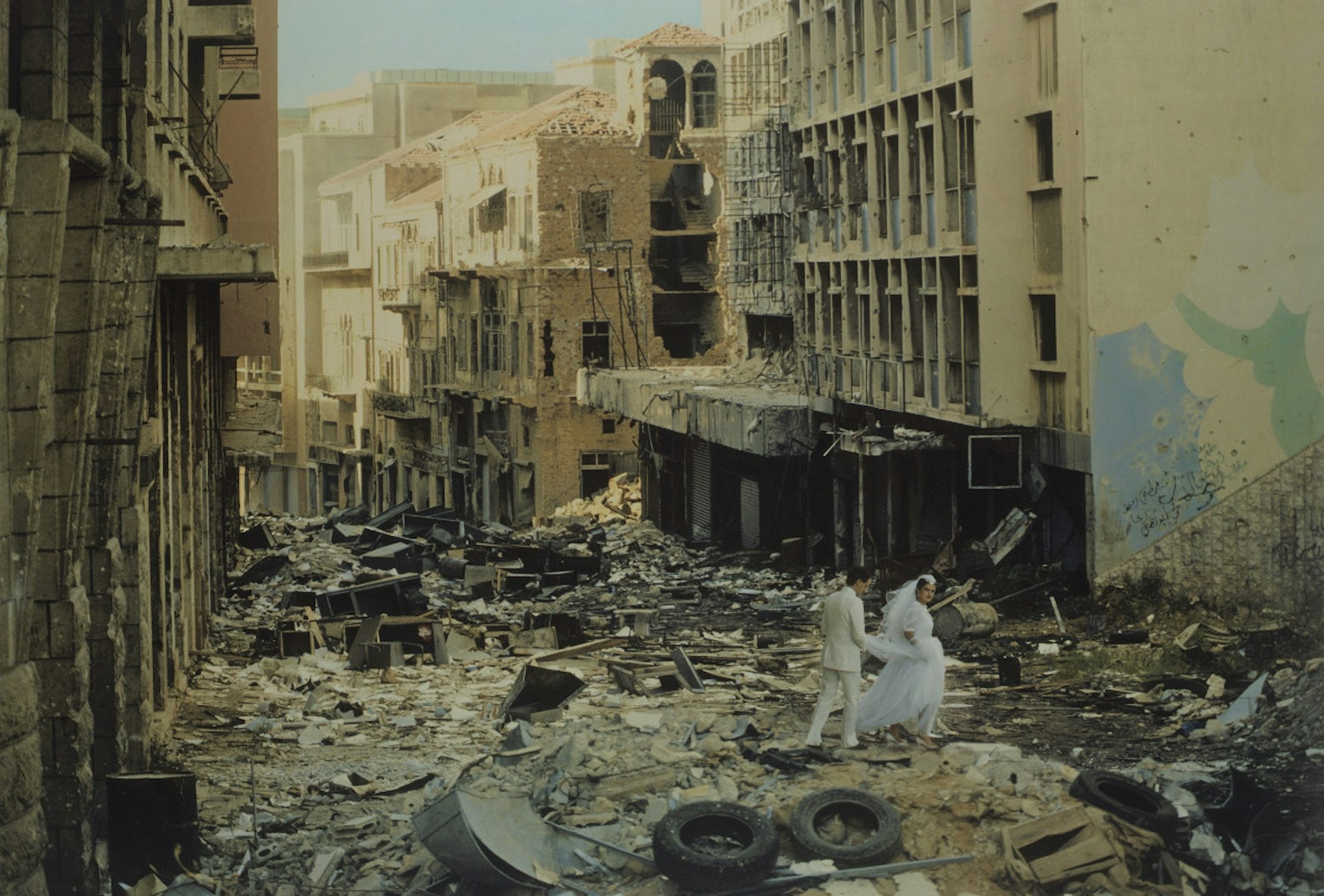
Beirut, Lebanon, 1983. Photo: Jay Ullal
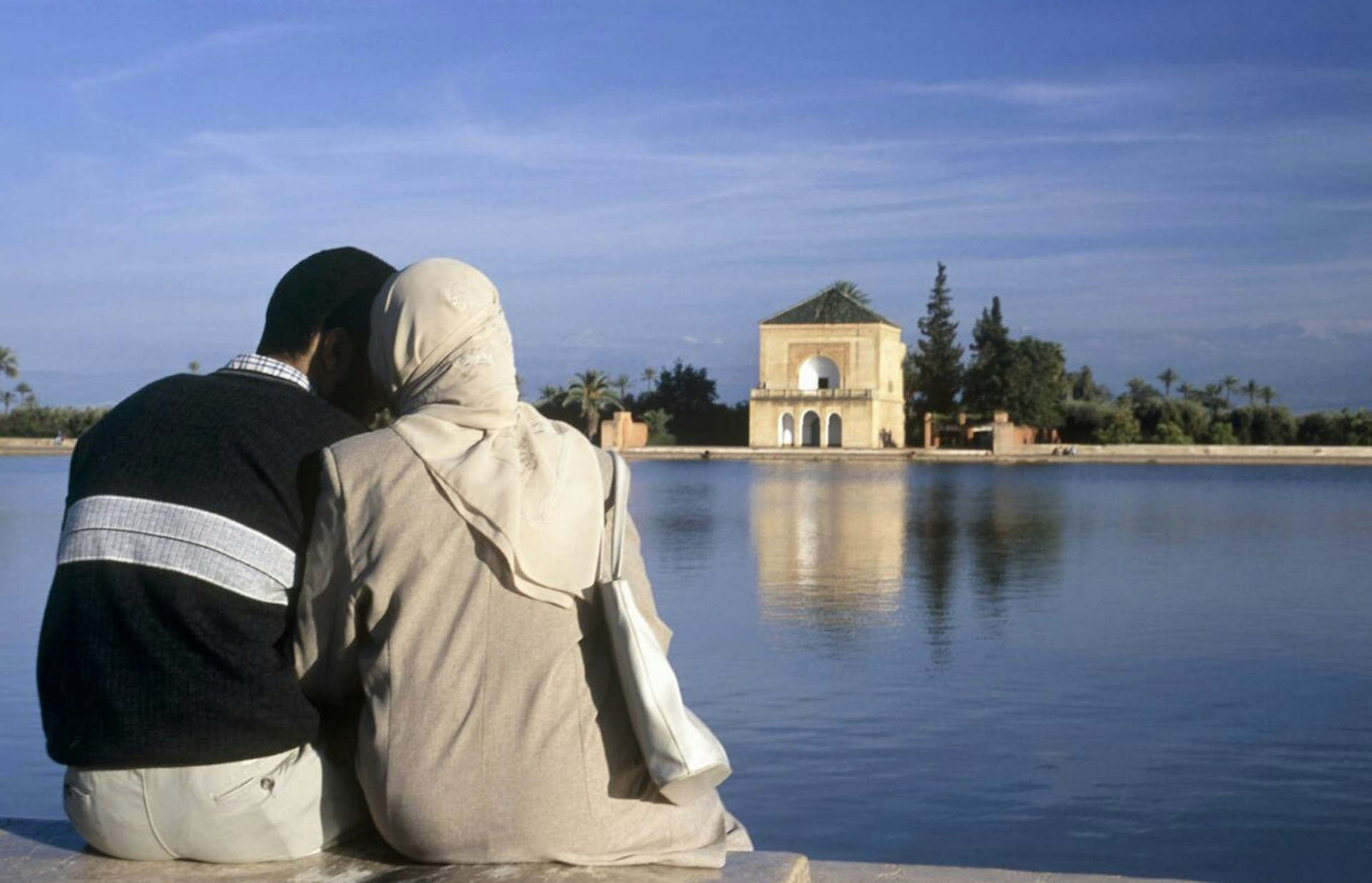
Marrakesh, Morocco. Photo: Christian Goupi
As people from the region have been displaced by conflict or migration, Al-Dujaili notes that children of diaspora often lose these ancestral connections carried through bloodlines for millennia.
“The Middle East Archive is an attempt to rebuild this family that we all crave,” Al-Dujaili says. “We want to connect the diaspora who seek their brothers and sisters through the dispersal of beautiful imagery that we can all relate to, see ourselves in, and celebrate.”
An Archive of Love is out now via Middle East Archive.
Enjoyed this article? Like Huck on Facebook or follow us on Twitter.
